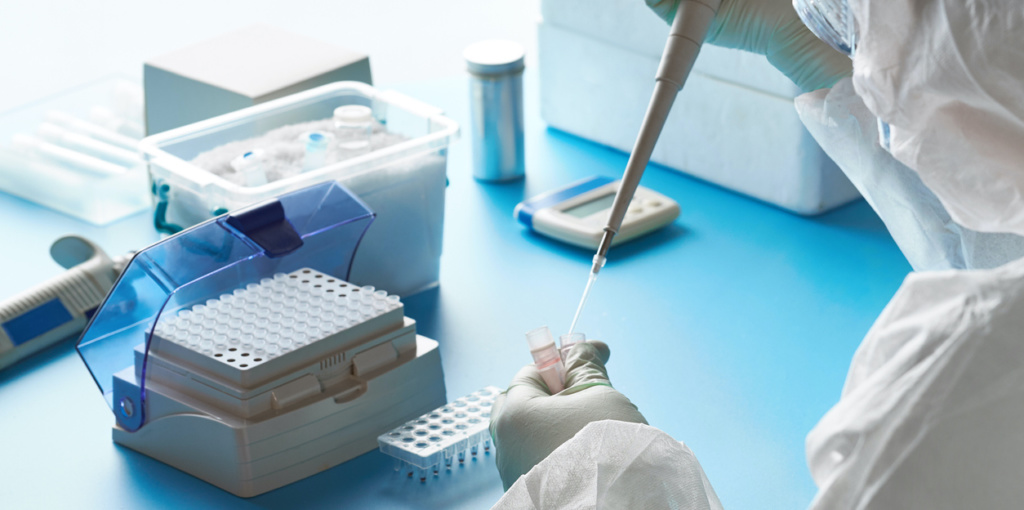Oxidative Stress, Copper, and Glutathione

Regulation of Copper Transport and Cell Viability During Copper Metabolism
Copper (Cu) is an essential cofactor in virtually all organisms, and tight control of Cu metabolic pathways are critical for optimal cellular viability. Cu is required for proper function of a variety of important enzymes, such as cytochrome c oxidase, ceruloplasmin, and Cu/Zn superoxide dismutase. However, excessive free Cu ions can lead to highly reactive hydroxyl radical formation, enzyme activity disruption, and improper protein folding.
Functional analysis of Cu transport systems are crucial for understanding the pathophysiology related to dysregulation of Cu metabolism. A recent study in Nature Scientific Reports by Gudekar & Petris investigated Cu transport mechanisms in detail, including analysis of glutathione homeostasis using the Glutathione (GSH) Fluorescent Detection Kit (K006-F) from Arbor Assays. Overall, the study offers new insight into the function of Cu metabolism and tools for further investigation of Cu transport mechanisms.
OUR GLUTATHIONE FLUORESCENT DETECTION KIT:
- Multi-species
- Measure free and total glutathione in same well
- Validated using lysate, WB, RBCs, serum, plasma, urine and tissue samples
- Highly cited – over 50 publications
Related Kits:
Catalase Colorimetric Activity Kit
K033-H1 – Citations
Ceruloplasmin Colorimetric Detection Kit
K35-H1 – Citations
FRAP™ (Ferric Reducing Antioxidant Power) Detection Kit
K043-H1 – Citations
Glutathione Colorimetric Detection Kit
K006-H1 – Citations
Hydrogen Peroxide (H202) Fluorescent Detection Kit
K034-F1 – Citations
